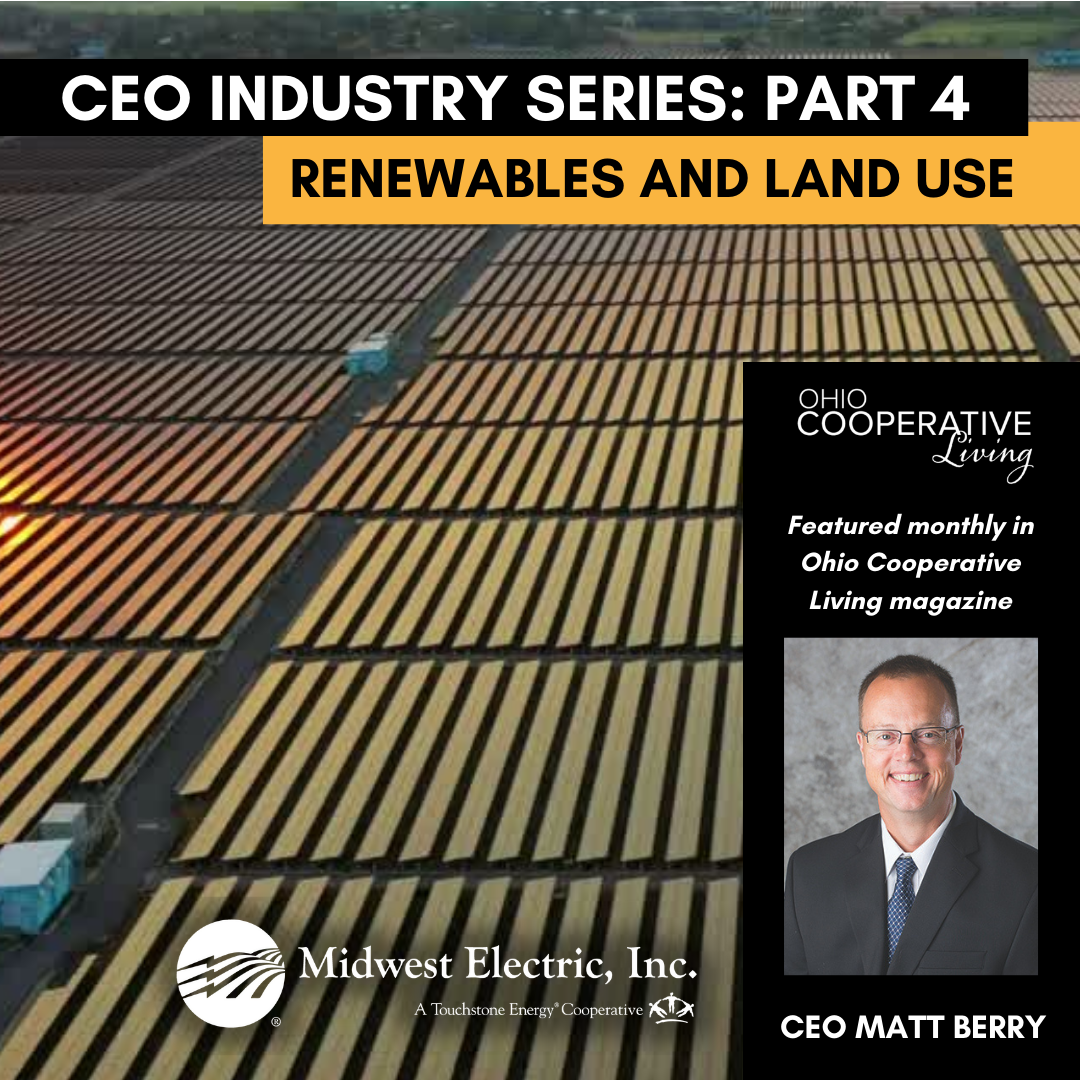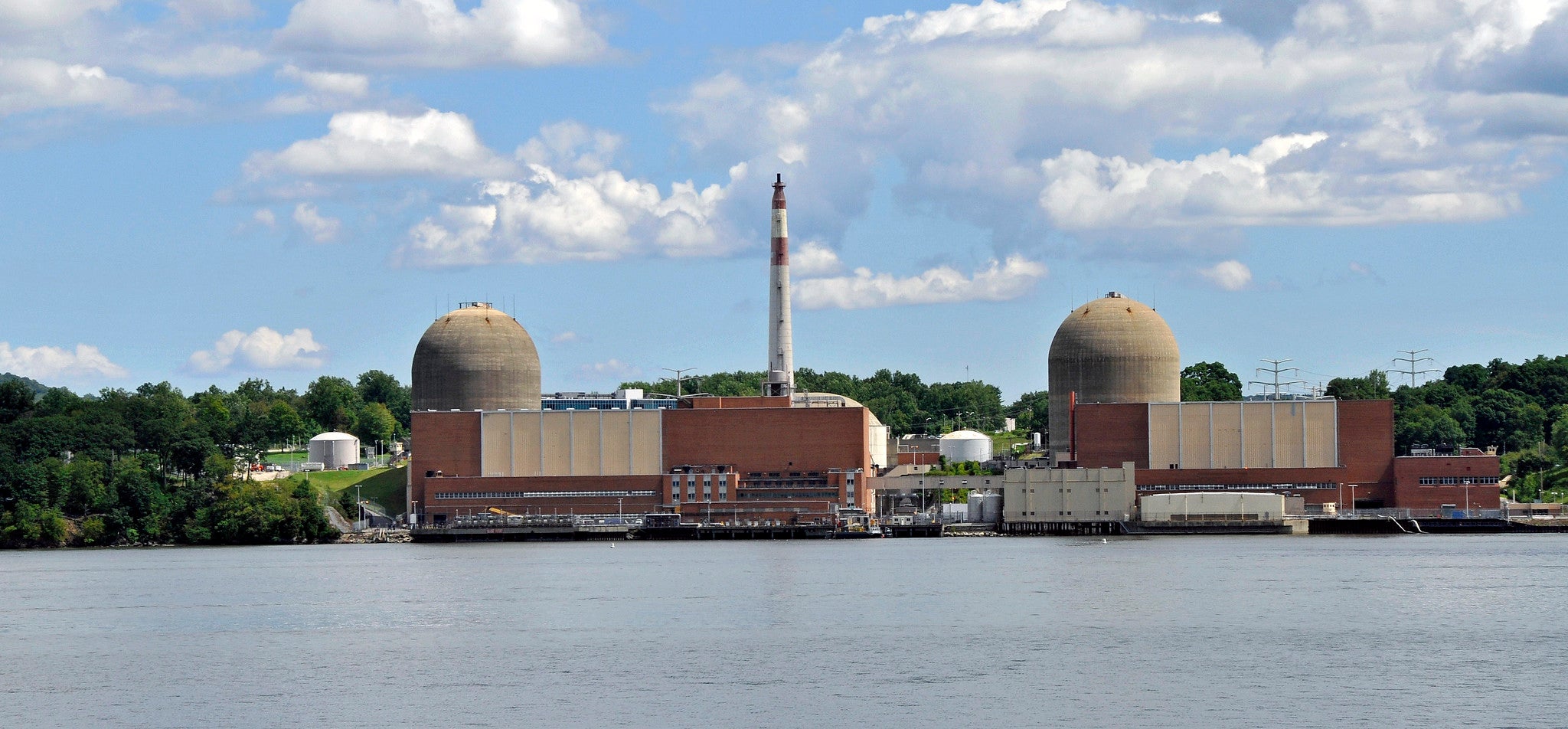
Perhaps the biggest obstacle to eliminating nuclear power and fossil fuels is simple: there’s just not enough land for the massive quantities of wind turbines and solar panels that would be needed to meet such a goal.
A 2018 study by Harvard professors found it would take 912,000 square kilometers to meet U.S. electricity needs with wind power — that’s an amount of land more than two times the size of the entire state of California! Meaning, the entire land area: no other buildings, people, homes, or anything! And that doesn’t include the thousands of miles of new transmission lines and thousands of new substations; just the wind turbines. (Which, by the way, are unreliable and intermittent.)
This is all about power density, according to journalist and author Robert Bryce in his book, “A Question of Power: Electricity and The Wealth of Nations.” Power density is the rate of energy generation compared to the amount of land required for the power plant. Wind and solar have abysmally poor power density in terms of the land required compared to how little electricity they produce.
Where is the available land? Rural America. The only way the renewable goals will be met is if urban America and politicians force their will on rural America. All across the country, rural citizens are increasingly objecting to wind and solar projects.
Nuclear power, on the other hand, has by far the greatest power density and can serve millions of people with baseload, sustainable electricity using a fraction of the land footprint that renewables require, according to Bryce. And nuclear power generation emits no carbon. Just one example from Bryce: Meeting the same output of the Indian Point nuclear plant in New York (pictured below) would require 4,005 wind turbines, which would require 515 square miles of land — 1,300 times as much land to produce the same amount of electricity as the Indian Point nuclear plant produces.

Sadly, the Indian Point power plant is slated for closure due to our nation’s suicidal energy policies.
If you are anti-carbon and antinuclear, you are pro blackout. There is simply no way to slash global carbon dioxide emissions without big increases in our use of nuclear energy. According to Bryce, by one estimate, New York’s electricity sector carbon emissions will increase by 29 percent when Indian Point nuclear plant is closed and its output is replaced by gas fired power plants.
Another example I heard recently from a fellow electric co-op in southern Ohio: A 150 megawatt (mW) solar array will use 2,200 acres, which comes out to 14.7 acres per 1 mW of unreliable and intermittent electricity. Nearby, the JM Stuart coal power plant was shut down a few years ago. It had a capacity of 2,318 mW. To replace those 2,318 mW with solar will require 30,000+ acres of land — much of it farmland.
By now, you’ve probably heard of food shortages. What will happen as we take away more farmland for unreliable and intermittent wind and solar?


